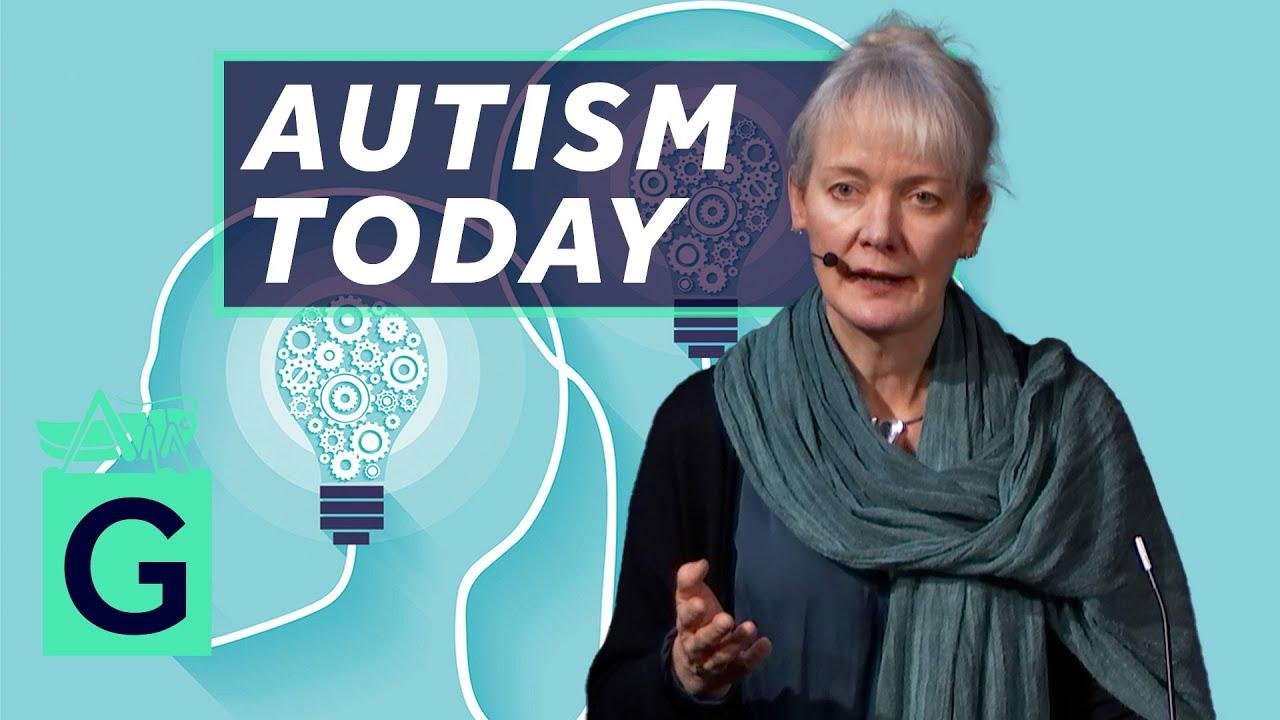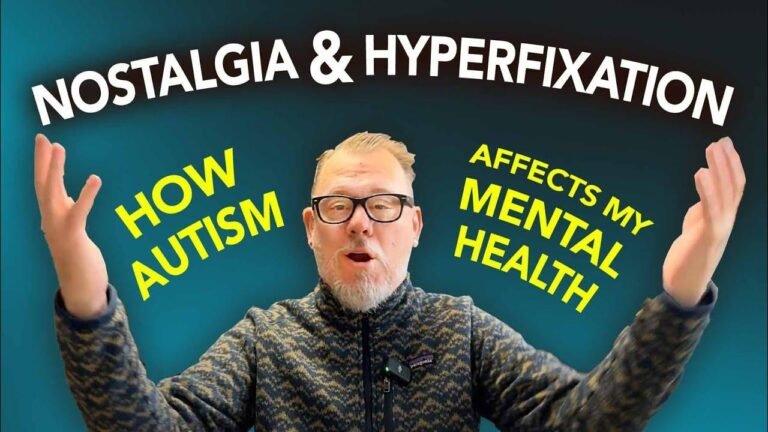Changes in the Understanding of Autism by Francesca Happé CBE
- Autism has evolved over the past 30 years, deepening our understanding and changing diagnostic criteria.
- The current perception includes a strong connection to behavior and social differences, reflecting a more comprehensive view.
- As a result, the rates and characteristics of autism have changed significantly, especially in women and girls.
- Diagnosis and understanding of autism have far-reaching effects on mental health and social dynamics, making it a complex and evolving concept.
- The challenges and nuances of autism require a more inclusive and multidimensional approach.
- There is still much to learn and understand about the diverse spectrum of autism. 🌟🧩
Heading Belangrijkste opmerkingen
| Changes in the Concept of Autism – Francesca Happé CBE |
|---|
| Insightful look at the changes in understanding autism over 30 years |
| Emphasis of the importance and impact of diagnostic criteria |
| Analyses of gender differences and missed diagnoses in autistic individuals |
| Discussion on autism in the workplace and mental health impact |
| Recognition of the neurodiversity and strengths of individuals with autism |
| Research implications, future challenges, and the need for inclusivity |
🧩 Changes in Autism Diagnosis in the Last 30 Years 🧩
Over the past three decades, Francesca Happé CBE has shared knowledge and insights into the evolving understanding of autism. The concept of autism has greatly evolved, reflecting changes in diagnostic criteria, gender differences, missed diagnoses, and the societal impact of autism.
📈 The Impact of Autism Diagnostic Criteria 📊
During the early years, the diagnostic criteria for autism mainly reflected behavioral and social differences. However, over time, there has been a shift towards considering a broader range of characteristics, leading to more refined and inclusive diagnostic criteria that recognize the diverse manifestation of autism.
🚻 Gender Differences and Diagnosis 🚻
It has been observed that autism diagnoses are more prevalent in males, but there is growing recognition of missed diagnoses and later identification of autism in females. Understanding these gender differences is crucial in providing tailored support and interventions.
| Gender Differences in Autism Diagnosis | |
|---|---|
| Males | Higher prevalence but may lead to missing cases in females |
| Females | Potential underrepresentation and delayed diagnosis |
🧠 Autism in the Workplace and Mental Health 🌐
The concept of autism extends beyond childhood, highlighting its impact on mental health, workplace dynamics, and societal stigmatization. Addressing these challenges is essential for creating inclusive and supportive environments for individuals with autism.
"It’s crucial to create understanding and support for individuals with autism in various aspects of their lives, including the workplace and mental health environments." – Francesca Happé CBE
🌟 Recognizing Neurodiversity and Strengths 💪
Amidst the challenges, it’s vital to recognize the neurodiversity and strengths within the autistic community. Research implications should focus on understanding the multifaceted nature of autism, embracing individual differences, and fostering inclusivity.
Conclusie: The concepts of autism have evolved significantly over the years, indicating a need for continued research, inclusivity, and support for individuals with autism.
**FAQ:** How has the understanding of autism changed over the years?
- Understanding has shifted from solely behavioral aspects to acknowledging gender differences, missed diagnoses, and societal impact.
**Conclusion:** The understanding of autism has evolved, emphasizing the need for inclusivity, support, and research into the diverse nature of autism.







